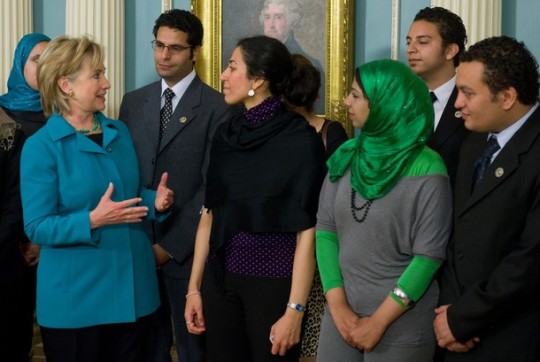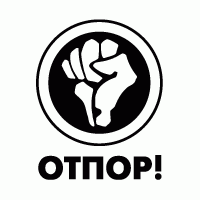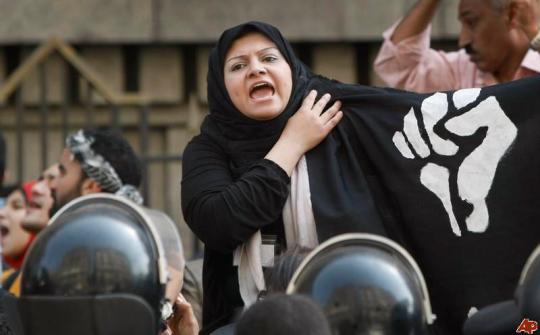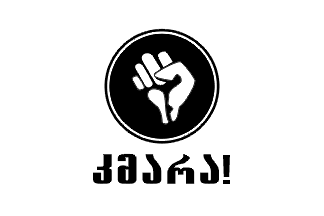Aug 16
20120
Human Rights Watch, Humanitarian Agencies, Imperialist Wars/Occupations, NED | National Endowment for Democracy, Non-Profit Industrial Complex, The Soros Network | OSI, USAID
ACRI Africa Bill & Melinda Gates Carnegie CIA Congo Corporate Media coup d'etat Darfur Egypt Ford Genocide Intervention Network HRW Human Rights Watch Kony2012 Libya MacArthur NATO NED | National Endowment for Democracy New America Foundation Open Society Pew Psy-Ops Pulitzer Center on Crisis Reporting Raise Hope for Congo RESOLVE Rockefeller Rwanda Save Darfur STAND (Students Taking Action Now: Darfur) Sudan The Aspen Institute U.S. Department of State Uganda United to End Genocide USCR Yemen
SPECIAL REPORT: EXPOSING U.S. AGENTS OF LOW-INTENSITY WARFARE IN AFRICA
The “Policy Wonks” Behind Covert Warfare & Humanitarian Fascism
August 8, 2012
by Keith Harmon Snow
This special report includes three unpublished video clips of interviewees from the Politics of Genocide documentary film project: Ugandan dignitary Remigius Kintu, former Rwandan prime minister Fautisn Twagiramungu, and Nobel peace prize nominee Juan Carrero Saralegui.
From the 1980s to today, an elite group of Western intelligence operatives have backed low-intensity guerrilla warfare in certain African ‘hotspots’. Mass atrocities in the Great Lakes and Sudan can be linked to Roger Winter, a pivotal U.S. operative whose ‘team’ was recently applauded for birthing the world’s newest nation, South Sudan. Behind the fairytale we find a long trail of blood and skeletons from Uganda to Sudan, Rwanda and Congo. While the mass media has covered their tracks, their misplaced moralism has simultaneously helped birth a new left-liberal ‘humanitarian’ fascism. In this falsification of consciousness, Western human rights crusaders and organizations, funded by governments, multinational corporations and private donors, cheer the killers and blame the victims—and pat themselves on the back for saving Africa from itself. Meanwhile, the “Arab Spring” has spread to (north) Sudan. Following the NATO-Israeli model of regime change being used in Central & North Africa, it won’t be long before the fall of Khartoum.

SPLA Tank in South Sudan: An old SPLA army tank sits in the bush in Pochalla, Jonglei State, south Sudan in 2004. Israel, the United States, Britain and Norway have been the main suppliers of the covert low-intensity war in Sudan, organized by gunrunners and policy ‘wonks’. Photo c. keith harmon snow, 2004.
It is, oh! such a happy fairy tale! It begins as all happy fairy tales do, in fantasy land. The fantasy is one of human rights princes and policy ‘wonks’ in shining armor and the new kingdom of peace and tranquility, democracy and human rights, that they have created. That is what the United States foreign policy establishment and the corporate mass media—and not a few so-called ‘human rights activists’—would have us believe about the genesis of the world’s newest nation, South Sudan.
“In the mid-1980s, a small band of policy wonks began convening for lunch in the back corner of a dimly lit Italian bistro in the U.S. capital,” wrote Rebecca Hamilton in the recent fairytale: “The Wonks Who Sold Washington on South Sudan.” Hamilton is a budding think-tank activist-advocate-agent whose whitewash of the low intensity war for Sudan (and some Western architects of it), distilled from her book Fighting for Darfur, was splashed all over the Western press on 11 July 2012. [1]
The photos accompanying Hamilton’s story show a happy fraternity of ‘wonks’—what exactly is a ‘wonk’?—obviously being your usual down-jacket, beer- and coffee-slurping American citizens from white America, with a token black man thrown in to change the complexion of this Africa story. Their cups are white and clean, their cars are shiny and new, their convivial smiles are almost convincing. There is even a flag of the new country just sort of floating across Eric Reeves’ hip.
Because of Dr. Reeves’ ‘anti-genocide’ work in Sudan, Boston College professor Alan Wolfe has written that the Smith College English professor is “arrogant to the point of contempt.” (I have had a similar though much more personal experience of Dr. Reeves’ petulance.)

“John Prendergast (L-R), Eric Reeves, Brian D’Silva, Ted Dagne and Roger Miller [sic]—pose for a photograph in this undated image provided to Reuters by John Prendergast,” reads the original Reuters syndicated news caption for the posed image of the Council of Wonks. (U.S. intelligence & defense operative Roger Winter is misidentified as “Roger Miller”.)
The story and its photos project the image of casual, ordinary people who, we are led to believe, did heroic and superhuman things. What a bunch of happy-go-lucky wonks! Excuse me: policy wonks! And their bellies are presumably warmed by that fresh Starbucks ‘fair trade’ genocide coffee shipped straight from the killing fields of post-genocide [sic] Rwanda… where, coincidentally, Starbucks reportedly cut a profit of more than a few million dollars in 2011.
This is a tale of dark knights, of covert operators and spies aligned with the cult of intelligence in the United States. Operating in secrecy and denial within the U.S. intelligence and defense establishment, they have helped engineer more than two decades of low intensity warfare in Sudan (alone), replete with massive suffering and a death toll of between 1.5 and 3 million Sudanese casualties—using their own fluctuating statistics on mortality—and millions upon millions of casualties in the Great Lakes of Africa.
Behind the fantasy is a very real tale of war crimes, crimes against humanity, genocides real and alleged, and mass atrocities covered up by these National Security agents with the aid of a not-so-ordinary English professor—their one-man Ministry of Disinformation—Dr. Eric Reeves. →










